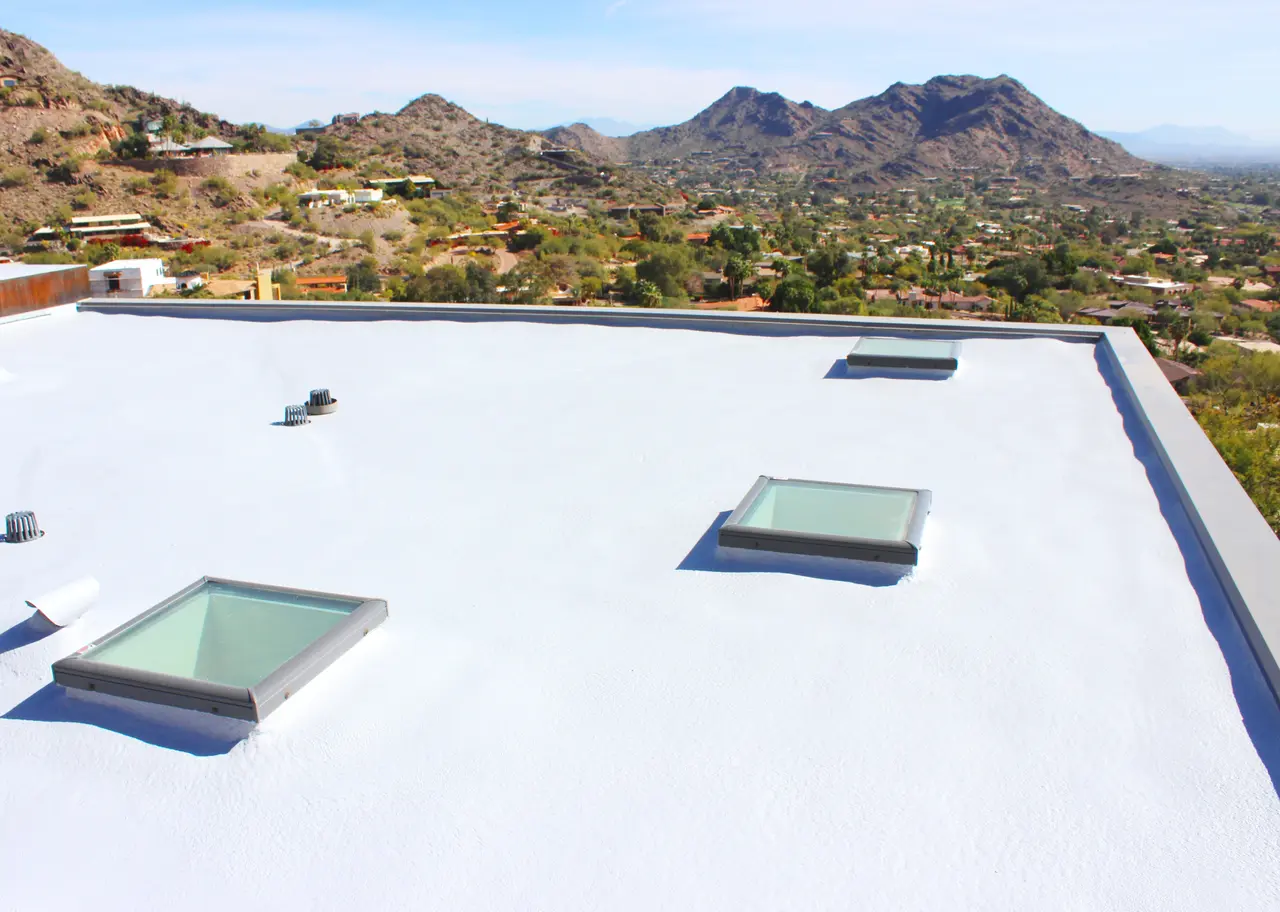Foam roofing is a popular choice for both residential and commercial buildings due to its energy efficiency and durability. In this article, we will explore the essential aspects of foam roofing, including its composition, benefits, and installation process.
What is Foam Roofing?
Foam roofing is a type of insulation made from polyurethane foam, which is applied as a liquid and expands to form a solid, durable surface.
The composition of foam roofing typically includes isocyanate and polyol, which combine during application. This chemical reaction produces a lightweight yet strong roofing solution that adheres to nearly any surface, making it versatile.
One of the standout features of foam roofing is its seamless nature. Unlike traditional roofing materials, foam roofing creates a monolithic layer that eliminates seams, which are often the weak points susceptible to leaks and damage.
In addition to its waterproof properties, foam roofing is also an effective insulator. This dual functionality makes it an ideal solution for various climates, providing temperature regulation and comfort for buildings.
Overall, foam roofing is not just a choice for your roof; it’s an investment in your property’s future. With its remarkable versatility and effectiveness, it serves to protect and enhance the overall value and longevity of your building.
How Does Foam Roofing Work?
Once applied, the foam creates a seamless barrier that prevents water infiltration and provides excellent thermal insulation, keeping homes cool in summer and warm in winter.
As the foam expands, it fills gaps and voids, providing a uniform layer that adheres tightly to the substrate. This not only boosts the insulation properties but also helps reflect damaging UV rays, prolonging the roof’s life.
When it comes to performance, foam roofing stands out due to its ability to adapt to temperature fluctuations. Its flexibility allows it to expand and contract without cracking, ensuring a long-lasting seal against the elements.
Moreover, the application process is efficient and can often be completed in just one day, minimizing disruption to your daily life. This swift installation means that you can enjoy the benefits of foam roofing almost immediately.
Benefits of Foam Roofing
The benefits of foam roofing include energy efficiency, reduced utility bills, and a long lifespan, making it an economical choice for property owners.
Another significant advantage is its low maintenance requirement. Unlike other roofing materials that demand regular upkeep, foam roofing usually just needs a periodic inspection and occasional touch-ups.
Additionally, foam roofing can significantly improve indoor air quality. Its tight seal helps prevent moisture buildup and mold growth, making for a healthier living and working environment.
Foam roofing also offers excellent noise reduction, acting as a barrier against external sounds. This aspect is especially beneficial for commercial buildings located in busy areas, providing a more peaceful atmosphere.
Foam Roofing Installation Process
The installation of foam roofing requires specific preparation and techniques to ensure a proper application. This typically involves cleaning the surface and applying the foam evenly.
A key part of the process is the use of specialized equipment to ensure the foam mix is applied correctly. Professionals spray the liquid foam using a high-pressure system, which allows for optimal coverage and consistency.
It’s also critical to conduct thorough inspections before installation. Each surface must be assessed for structural integrity to guarantee the foam will adhere properly, providing long-term performance.
Following the application, the foam will typically cure in a short period, allowing property owners to enjoy their new roof without any extensive delays. The quick turnaround time is one of the many reasons foam roofing is favored.
Maintenance of Foam Roofing
Regular maintenance, such as inspections and repairs, helps prolong the life of foam roofing and ensures it continues to perform well over time.
Homeowners should schedule annual inspections to check for any signs of wear, particularly after severe weather events. This proactive approach can help identify potential issues before they escalate.
In terms of repairs, foam roofing is relatively simple to fix. Damaged spots can be patched without fully replacing the entire roof, saving both time and money.
Overall, maintaining foam roofing is straightforward, allowing property owners to enjoy long-lasting protection without exorbitant upkeep costs.
Final Thoughts on Foam Roofing
Foam roofing offers a unique combination of benefits that can significantly enhance the longevity and performance of your roof. By understanding how it works and its advantages, you can make an informed decision for your roofing needs.

